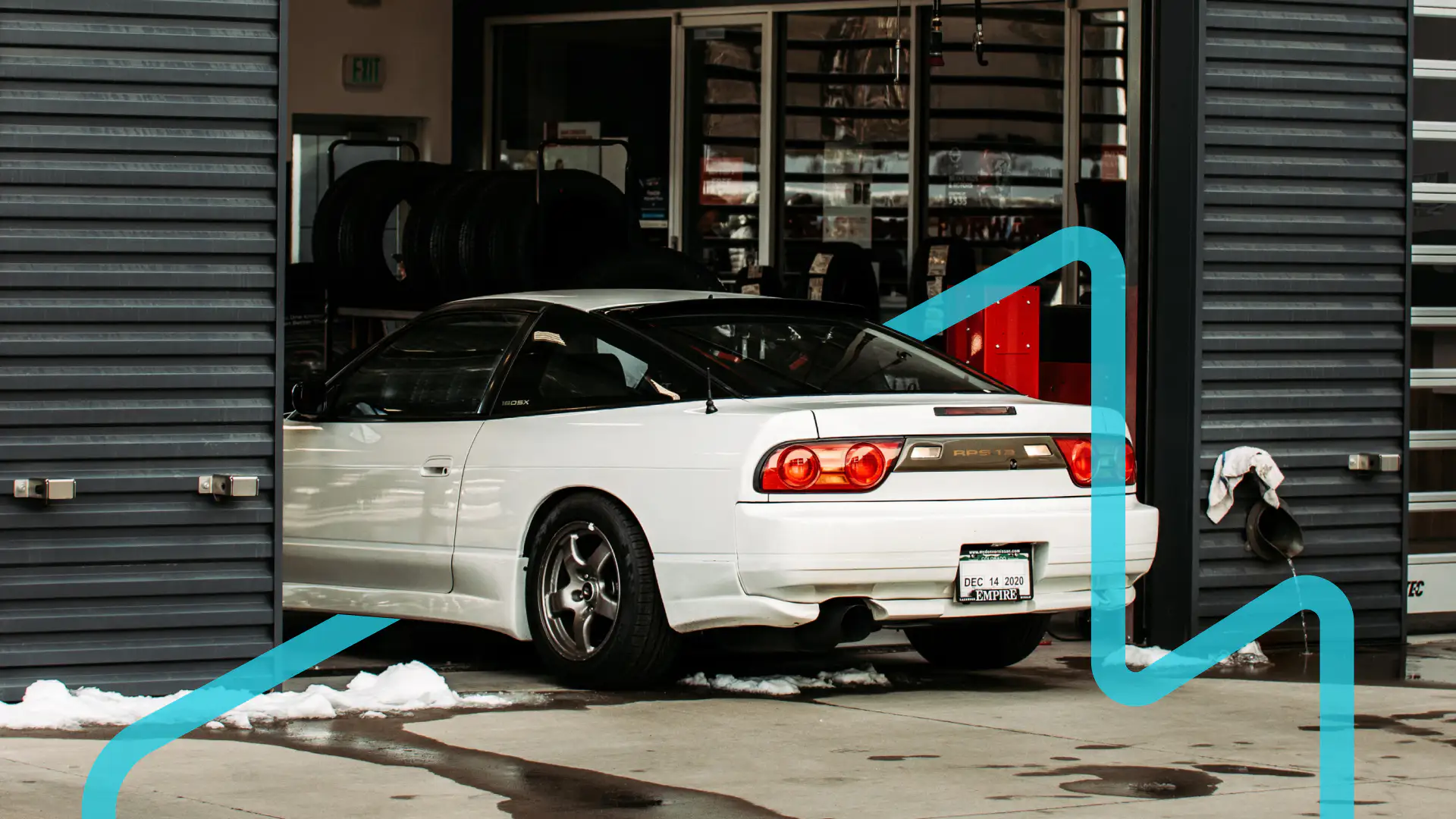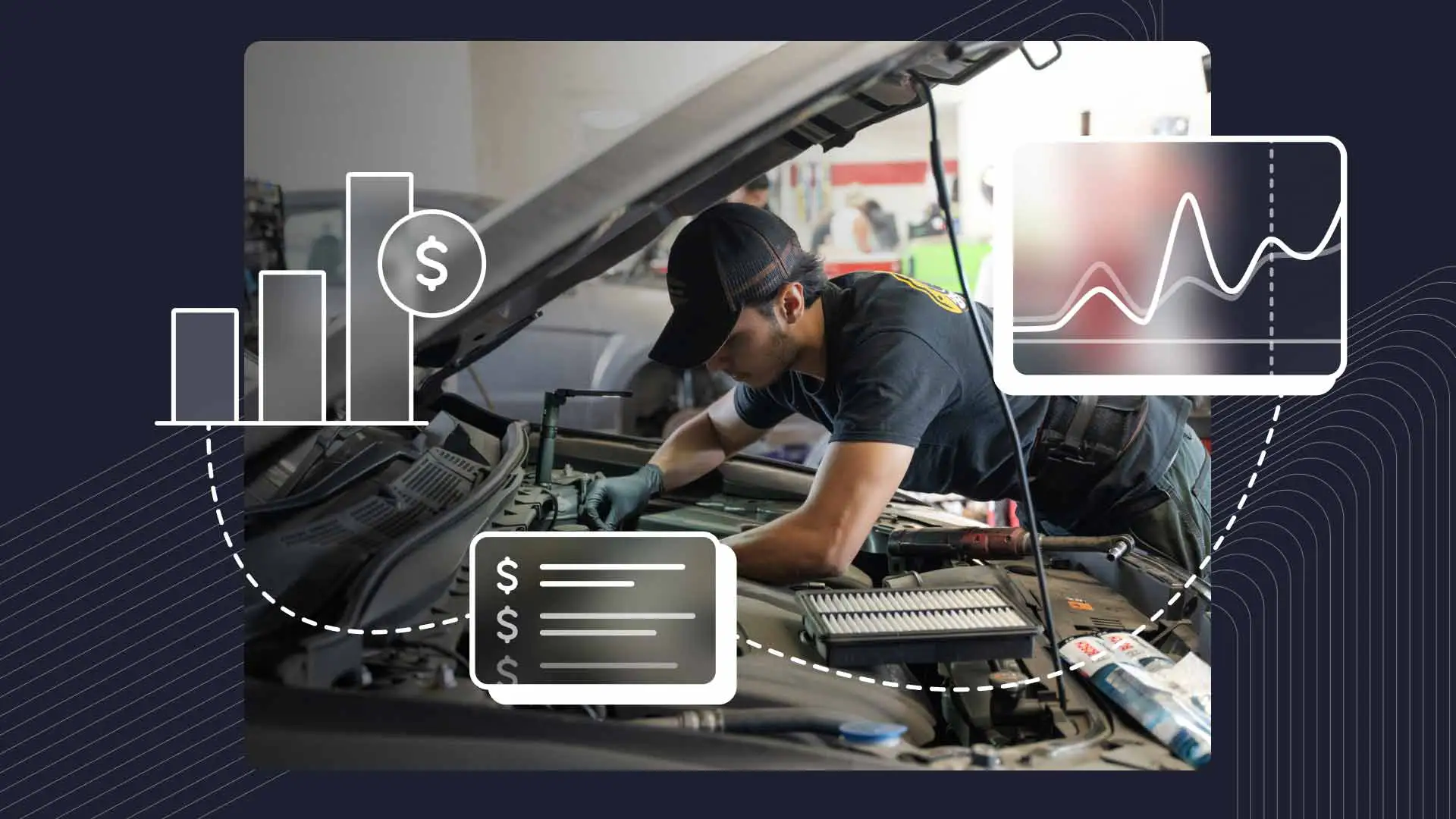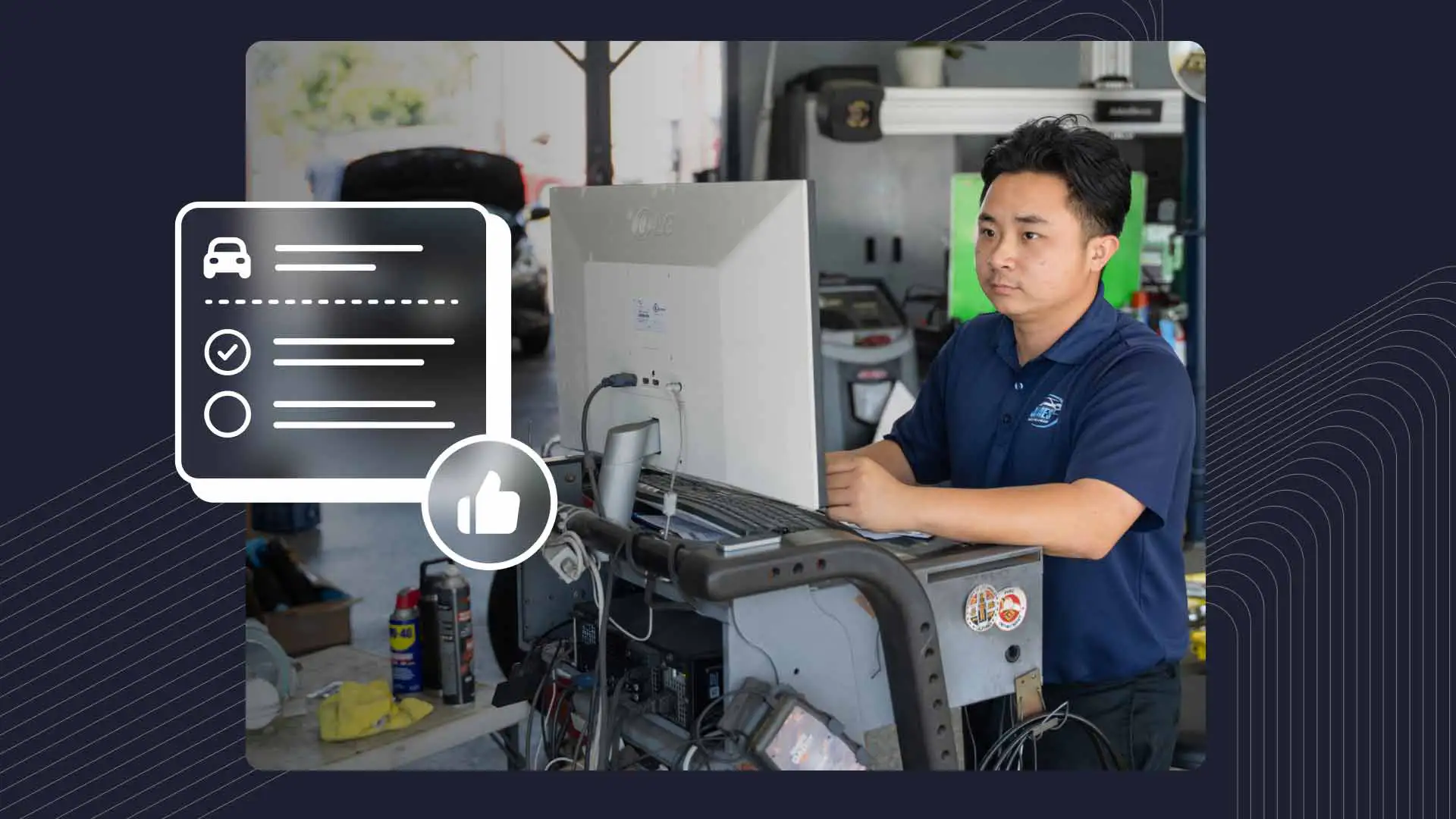Auto shops face a couple of unique challenges when it comes to providing warm environments in the winter. Because of how they're situated—with wide bays in open spaces—these workspaces typically don't contain heat well. Plus, it's often necessary to keep fresh air circulating through them to give employees a safe environment in which to work and breathe, which makes it even colder in the winter.
Without the right shop heating solutions, these complications can seriously compromise the productivity of these workspaces. Colder temperatures can adversely affect equipment, resulting in low performance, breakdowns, and costly repairs. It's also harder to maintain morale when technicians are working in cold environments, which decreases productivity. Both factors make it more difficult to keep up with the repairs, and general work needed that day at the speed and quality the boss and customers expect. Which can cause customers to patronize other shops and technicians to leave as well.
It's necessary to find shop heating approaches to counteract these effects and overcome the winter-related hardships auto professionals encounter. By using the following tips and best practices, shops can maintain warm environments during colder months, and according to the 2023-2024 Farmers Almanac, it's gonna be a doozy of a year.
Weatherproofing the Shop
There are several efficient heating solutions for auto shops. Before investing in one, it's advisable to treat your shop so it maintains as much heat as possible. Insulating and weatherproofing your building is a great way to minimize the heat that escapes through doors and windows. Weather strips, for example, can seal areas next to doors and openings. Insulating walls and doors with options like precut R-4 expanded polystyrene foam panels is another good way of keeping the heat inside shops. Window or cling film is an inexpensive way to keep the building warm. They reduce drafts and reduce moisture buildup on the window due to condensation.
Well-insulated workspaces save costs on heating, which is a long-term shop efficiency that pays for itself while providing a comfortable environment for working. Once the shop has been weatherproofed, it's vital to organize this automotive workspace so that technicians work in warm areas. Savvy shop owners will optimize the way their space is used by equipment and employees without compromising the functionality of their machinery—or the safety of the people working with it.
Heating System Options
There are several types of shop heating solutions automotive professionals can select to combat the winter cold. Some of the more useful include:
Propane Garage or Portable Kerosene Heaters: The biggest advantage of this option is the cost, which is frequently cheaper than other options. Depending on where these heaters are situated in the shop and how it's weatherproofed, these portable heaters can help keep it warm. However, they crank out a significant amount of water vapor (which smells) and require ventilation—which isn't conducive to fighting the cold. Also, these heaters blow dust and chemicals around the shop, which can negatively impact work.
Infrared Radiant Tube Heaters: This type of heater mimics the sun as it's typically placed on ceilings, so it beams down warmth. One of the benefits of using these heaters is they don't blow air, chemicals, or anything else, which is critical in shops where painting takes place. This option also heats machinery, people, and tools and indirectly heats the air. Although infrared radiant tube heaters can cut costs for heating by 50 percent, they require a fair amount of upfront capital to purchase.
DAM HVAC Systems: These systems are conventional air-blowing ones that work the way centralized air conditioning and heating systems work in homes. You can install them with a ductless approach that doesn't block ductwork. The pros are they begin heating immediately and involve a filtration system that removes harmful pathogens from the air to make shops safer and cleaner-looking. Nevertheless, by blowing air, they still push around particles and chemicals that might compromise paint jobs. Also, since they warm the air and not necessarily the objects in the workspace, opening doors to the workspace sucks the warm air out.
Individual Gear: While keeping the service bays open, a simple way to beat the cold is hand warmers and warm uniforms. These can be kept in the shop. Providing technicians and service writers with a way to keep their fingers toasty and their hands remain nimble for intricate tasks. This can significantly improve their overall comfort in the frigid workspace. Shops can enhance the team's well-being and boost morale and productivity. Creating a more efficient and cozy environment for everyone working in the shop.
Keep In Mind
Regardless of which heating option a particular shop uses, it's crucial to remain aware of the potential dangers of handling flammable materials and other hazards that can happen by heating these workspaces. Equipment can catch on fire, get warped, or melt, which then requires repairs or replacement costs for machinery and tooling.
However, by watching for these pitfalls, shops can still beat the winter blues by keeping their workspaces warm to the delight of employees, shop owners, and customers. The key is to weatherproof shops with insulation and weather stripping, organize spaces efficiently, and invest in a heating system that works best for these spaces. For more information on efficient shop management, including tools like Shopmonkey, visit our website and discover how you can further enhance your auto shop's performance in all seasons.




